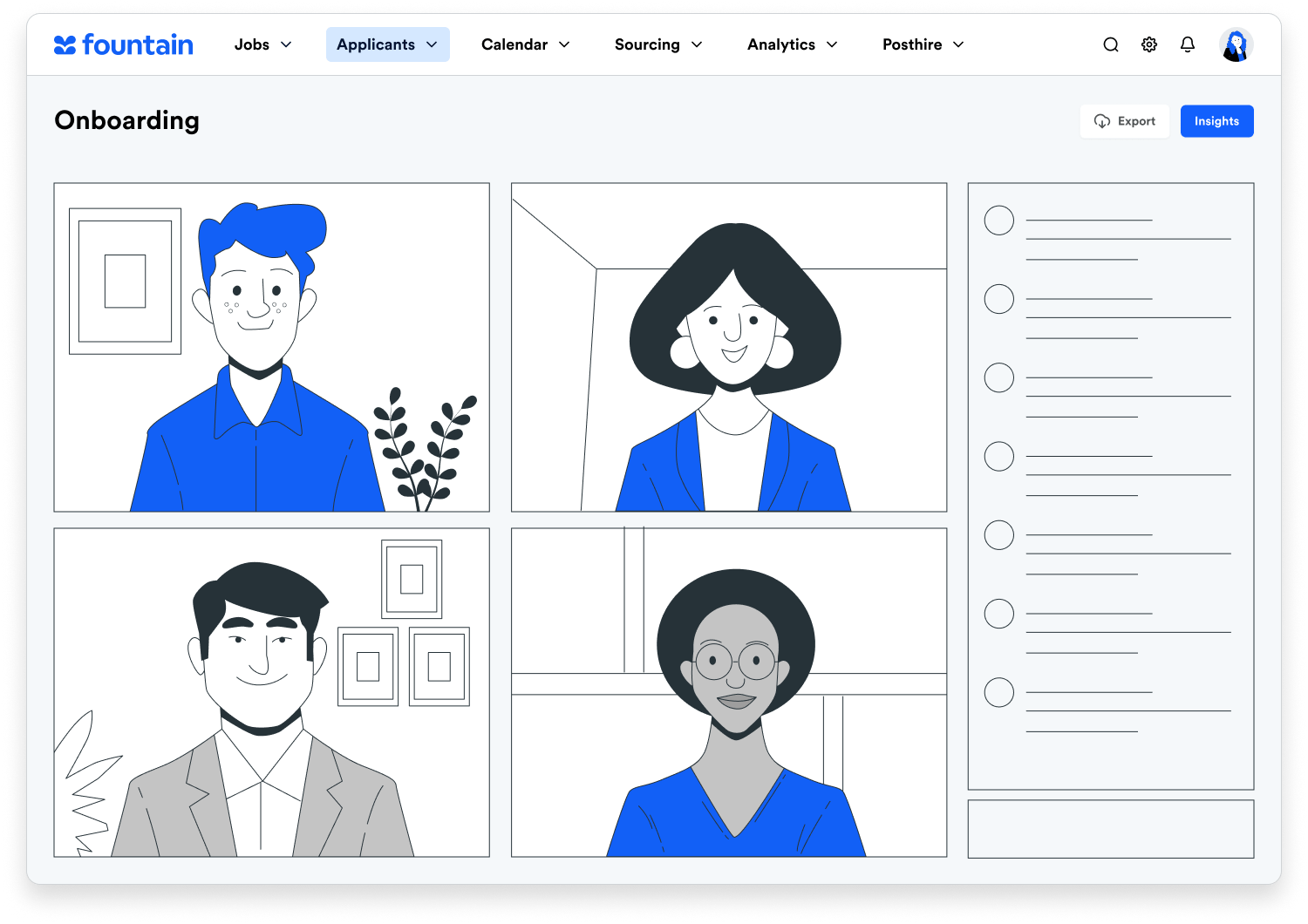Continuing with the topic of digital transformation, I’ll dive deeper into some of the strategies and technologies talent acquisition leaders can utilize to uplevel their recruiting process.
Scheduled Job Postings Generate 10x More Candidates Than Manual Postings
The tools and technologies available to target, retarget, and acquire people to buy products and services also can be applied to your talent acquisition funnel. With programmatic job postings, you can be really specific about not only where you’re advertising but also to whom you’re targeting.
In the past, recruiters would manually post an advertisement and hope it would bring in great leads or candidates. But now, there are many tools that can help you be smarter about using programmatic technology.
Whether your target audience is on Facebook, Instagram, Indeed, or Google, you can use these strategies to reach candidates that are the best fit for your opportunities.
Chatbots Can Help Candidates Qualify Themselves
Providing manual responses to every SMS job application is unrealistic. Instead, you need a tool that automates a portion of the communication with candidates. Chatbots can answer questions about the opportunity, company, and role.
You’ll be much more effective at filling your roles when this becomes part of your hiring process. We’ve found that using a chatbot to engage these applicants throughout the process increases the likelihood that they’ll stay in the funnel longer. This will lead to higher retention, higher conversions, and better overall fill rates.
Automating Workflows Can Save Hours (or Even Days)
At Fountain, we always stress the importance of automation. A lot of recruiting teams set up their job application processes years ago and very rarely revisit it. However, this is a portion of the recruiting process that we recommend you revisit quarterly.
When you consistently tweak your workflows, you’ll end up saving time by moving people more quickly through the hiring process. For example, review your application process and take note of when you request the background check and when you ask candidates for their schedules. Asking these questions early can save you a lot of potentially wasted time.
I would also encourage you, from a digital transformation perspective, to consistently run A/B tests. For example, if you post the exact same job description twice but one of the postings also includes the hourly wage for the role, you can track the changes in application rates based on this one difference. In this case, two things may happen:
- The job posting without the wage will get more applicants.
- The job posting with the wage will have higher conversion rates.
But, you can only know certain if you’re A/B testing.
Use SMS to Reach More Candidates
If you send both emails and text messages to the same group of people, you’ll find that you get significantly more responses via SMS. This should be your default method of communication with candidates. This is especially true for high volume, hourly roles.
Whether you’re hiring retail associates or are a logistics and supply chain recruiter hiring warehouse workers, this is a great strategy to keep candidates engaged at a higher rate.
In sum, here are a few statistics to consider when reviewing your hiring process:
- Mobile first – Removing passwords lead to a 30% increase in conversions.
- By 2025, 72.6% of internet uses will access the web via their mobile devices only.
- SMS has a 98% open rate versus email at 11%.

